Elberta Peach Tree
Description
About the Elberta Peach Tree
The Elberta peach is the favorite peach tree for home gardeners in the United States! It originated in Marshallville, Georgia, in 1870, where it was grown by Samuel H. Rumph, who named the variety after his wife, Clara Elberta Moore.
This variety of tree is famed for producing large quantities of excellent fruit for canning. The juicy, yellow flesh is great for eating fresh, as well as canning and freezing. It is a freestone peach (also known as a melting peach), meaning that the flesh separates easily from the peach pit and softens as it ripens.
In the spring, the tree blooms with stunning pink blossoms. It is self-pollinating, but adding another peach tree nearby may increase the size of your crop.
Enjoying the Fruit
These peaches are large and juicy! They are wonderful to eat fresh and are perfect for home preservation. Enjoy peach pies, cobbler, ice cream, and more.
Peaches are a great source of fiber and vitamin C. They also contain vitamin A and beta-Carotene.
Growing the Elberta Peach Tree
These fruit trees need full sun and well drained soil. To produce the best fruit, peach trees should be pruned, and fruit should be thinned. For more information, please see our growing guide.
Buy an Elberta peach tree to enjoy its bounty of yellow, juicy fruit that is perfect for eating fresh, baking, and preserving!
Survival Guaranteed!


Since 1816, Stark Bro’s has promised to provide customers with the very best fruit trees and plants. It’s just that simple. If your trees or plants do not survive, please let us know within one year of delivery. We will send you a free one-time replacement, with a nominal shipping fee of $9.99. If the item in question is not available, we can issue a one-time credit to your account equaling the original product purchase price or issue you a refund. Read more about our warranty policy.
Characteristics
| Bloom Color | Pink |
| Bloom Time | Early - Mid |
| Chill Hours | 800 |
| Fruit Color | Red |
| Fruit Size | Large |
| Hardiness Zone Range | 5 - 8 |
| Pollination | Self-Pollinating |
| Ripens/Harvest | September |
| Shade/Sun | Full Sun |
| Soil Composition | Loamy |
| Soil Moisture | Well Drained |
| Soil pH Level | 6.0 - 7.0 |
| Taste | Sweet |
| Texture | Firm |
| Years to Bear | 2 - 4 |
Size & Spacing
Mature Size
| Standard | 12 - 15' tall x 12 - 15' wide |
| Dwarf | 8 - 10' tall x 8 - 10' wide |
Recommended Spacing
| Standard | 12 - 15' |
| Dwarf | 8 - 10' |
Zone Compatibility
Pollination
This variety is self pollinating.
Tools & Supplies
Planting & Care
Learn all about how to grow peach trees in The Growing Guide. An entire section of our website dedicated to your growing success.
Shipping Information
Arrives when it's time to plant
Questions & Answers
I need a late blooming elberta peach tree as we sometime get a freeze when the bllooms are out in spring time. Are your trees late blooming?
Usually between 2-3" in diameter, depending upon the sun, rain and fertilizer the tree receives.
It is self-pollinating, but adding any other peach tree nearby may increase the size of your crop.
The Stark Bros. website shows Elberta peaches ripening in September. Some sources show them ripening in late July to August. The actual date would vary based on your location and weather conditions each season. A chart showing ripening dates for numerous peaches shows Sun Haven, Red Haven, Newhaven, Flavocrest, Arctic Supreme, Harvester, Halehaven and numerous others ripening around the same time. You can probably safely assume that if they ripen around the same time, then they most likely blossom close to the same time.
This is an heirloom tree which was originally bred before disease-resistance was discovered. With a regular spray program (either conventional or organic), you can keep most all problems at bay. The peaches are worth it; they're like no other.
Yes this is a freestone peach.
HI Vernon, if you are referring to a catalog, Unfortunatley we stopped offering a printed catalog in 2019. Everything we have is now listed on line. If you need assistance please do not hesitate to give us a call at 800.325.4180
I am sorry to hear that this has happened. Please email Info@starkbros.com with pictures and a brief description so we can look into this for you.
Hi david, Yes you can prune the standard peach tree to be smaller like a dwarf tree, however the fruit production will be less as it will only bear on fruiting wood. One could assume you will still have a likly harvest of about the same as if it were a natural dwarf.
Customer Reviews
She is so thrilled with it and is on her to get potting soil for it to plant it.
Thank you so much.
Irene Wirtenberger
It has grown with minimal care and is thriving. It has maybe a 75-100 peaches on it and they are just becoming ripe.
It also supports our local bees!
My granddaughter loves these peaches as they are sweet and tender and we'll have enough to make a cobbler and a few other baked treats and give away more.

 Options
Options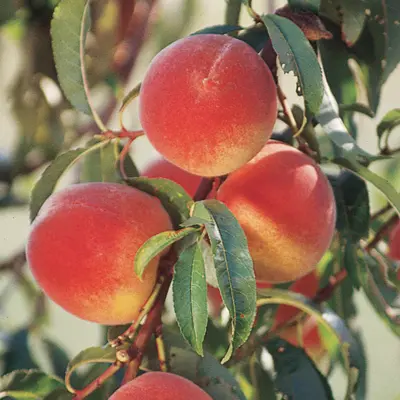
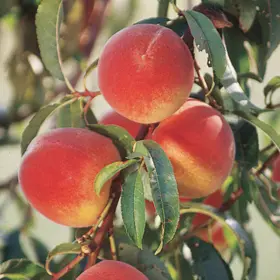
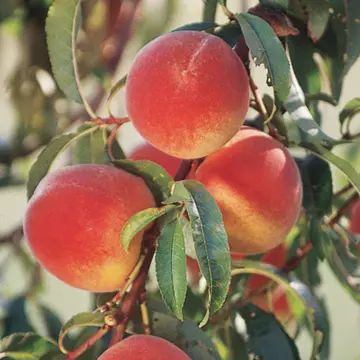
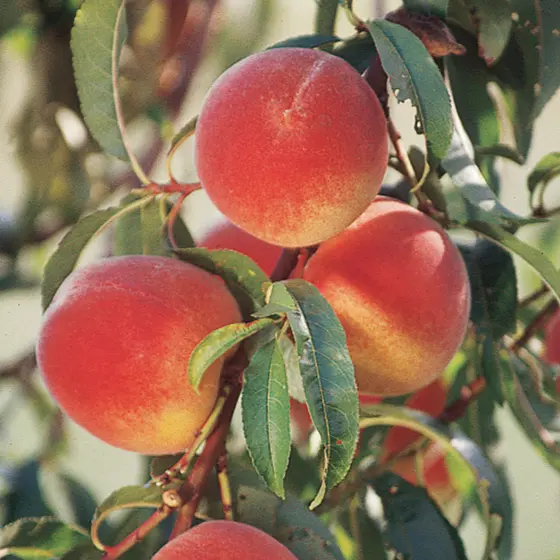
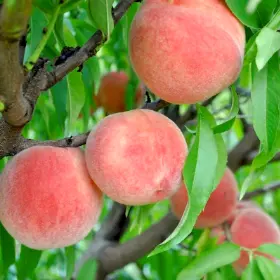
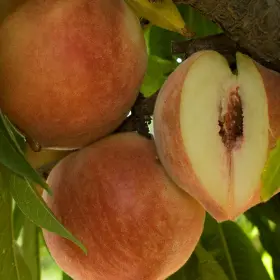
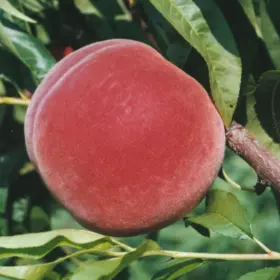
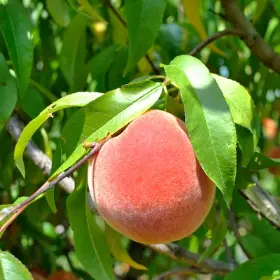
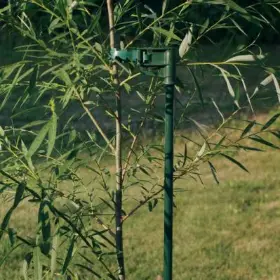
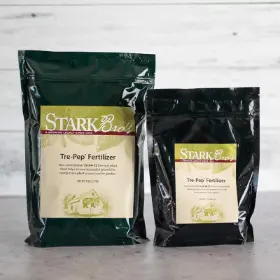
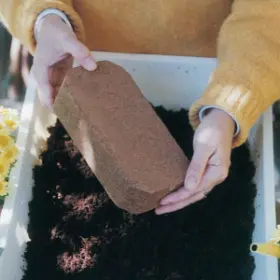
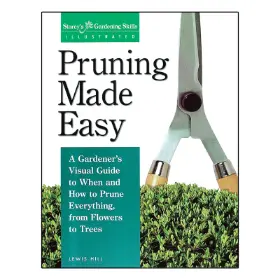
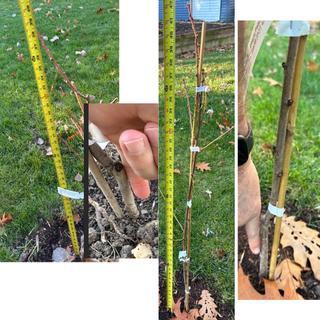
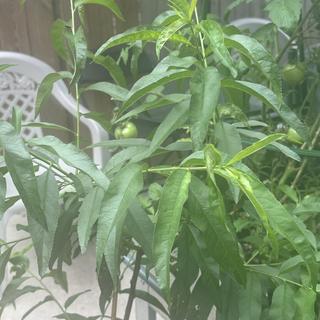
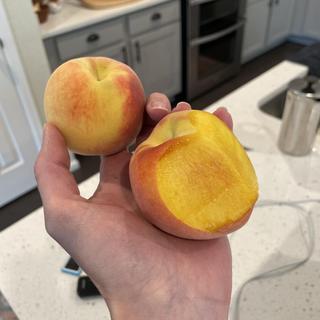
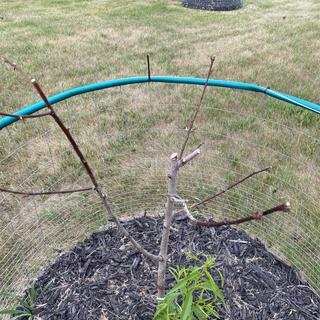
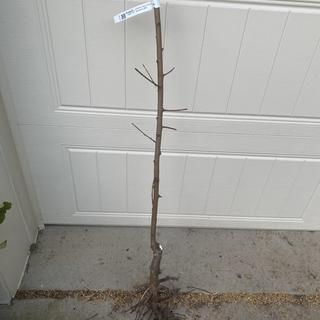
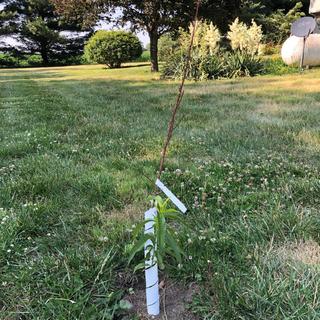
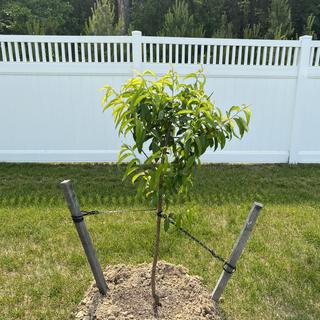
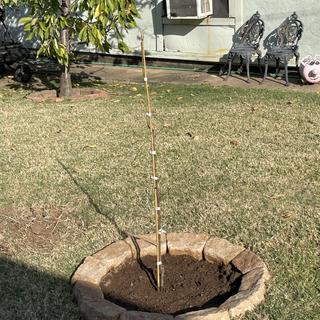
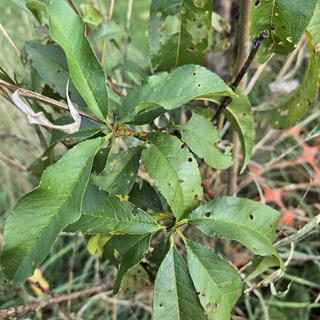
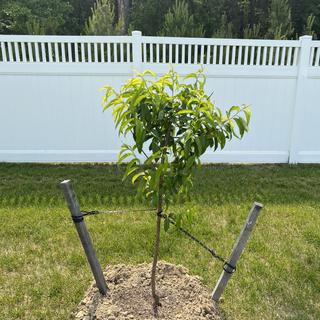
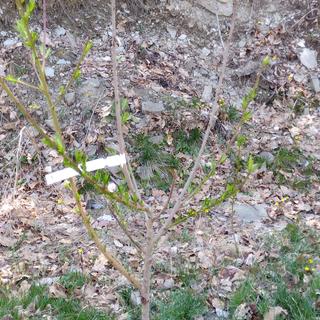
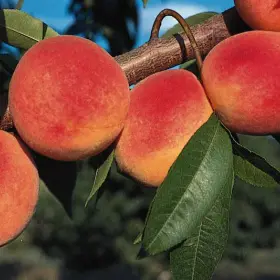
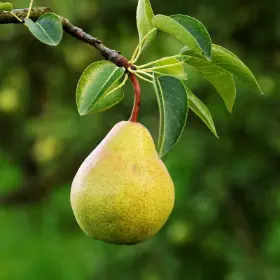
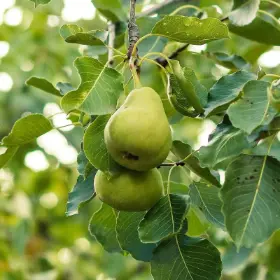
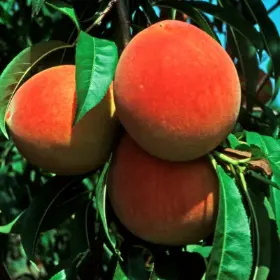
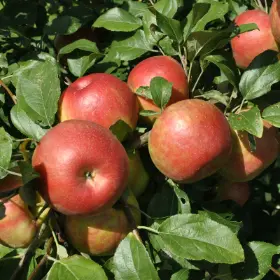
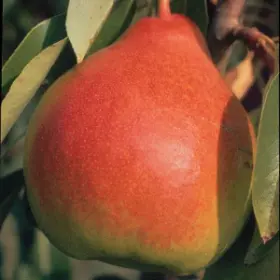
my favorite
I heard it was a great tasting tree, and I was lookig for a dwarf.
I live on Elberta Drive.
Taylor's guide to fruit trees listed this as resistant to brown rot, my biggest problem.